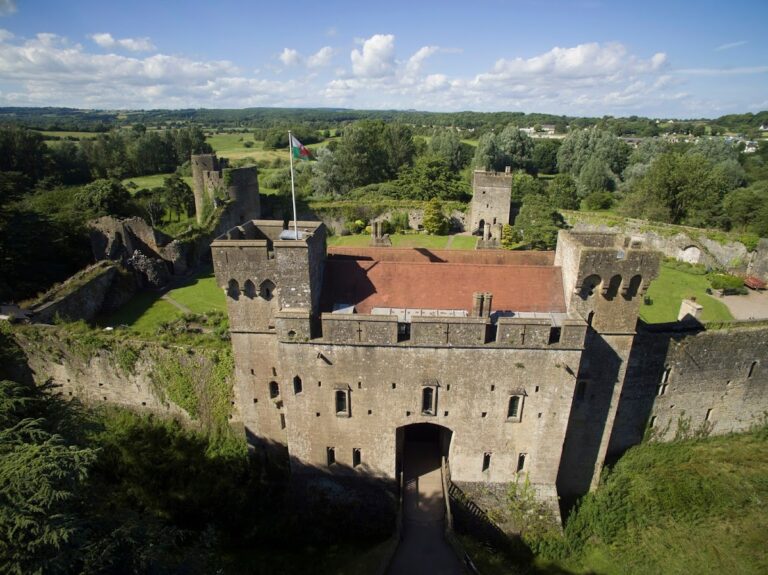Caerleon Roman Fortress Baths: A Roman Military Site in South Wales
Visitor Information
Google Rating: 4.6
Popularity: Medium
Google Maps: View on Google Maps
Official Website: cadw.gov.wales
Country: United Kingdom
Civilization: Roman
Remains: Sanitation
History
The Caerleon Roman Fortress Baths are located in South Wales near Newport, within the area known as Caerleon. They were built by the Romans as part of the Legionary Fortress of Isca Augusta, established around AD 75. This fortress was one of only three permanent Roman legionary bases in Britain, marking the westernmost edge of Roman control on the island.
The fortress remained active for just over two centuries. Throughout this time, the baths complex was in continuous use. It is believed to have been the only stone-built structure within the original fortress, which was otherwise constructed mainly from timber. The baths supported the daily routines and hygiene of the legionaries stationed at Isca Augusta.
Interest in the fortress and its baths dates back to at least the 12th century. Gerald of Wales, a medieval chronicler, provided early descriptions of the ruins. Some parts of the fortress survived into the 13th century, though much had fallen into decay. Systematic archaeological excavations began in the 19th century, revealing more about the site’s layout and history.
Between 1977 and 1981, archaeologist J. David Zienkiewicz led major excavations of the baths. These efforts helped preserve the remains and allowed the site to be opened to the public in 1980 under the care of Cadw, the Welsh historic environment service. The baths continue to be a focus of research alongside other fortress features such as the amphitheatre, barracks, and the nearby National Roman Legion Museum.
Remains
The baths complex at Caerleon follows the typical Roman military bath layout, including a frigidarium (cold room), tepidarium (warm room), caldarium (hot room), and an open-air swimming pool. These rooms were arranged in sequence to support the bathing process common in Roman culture.
Constructed primarily from stone, the baths stand out as the only stone building within the original timber fortress. This solid construction has helped preserve the ruins better than other fortress structures. The remains lie within the fortress walls, close to the National Roman Legion Museum, forming part of a concentrated archaeological area that includes the amphitheatre and barracks.
Today, visitors can see the layout and some structural elements of the baths. A modern walkway partially covers the site to protect the ruins while allowing viewing. Cadw has also provided projected imagery to help recreate the Roman bathing experience visually.










